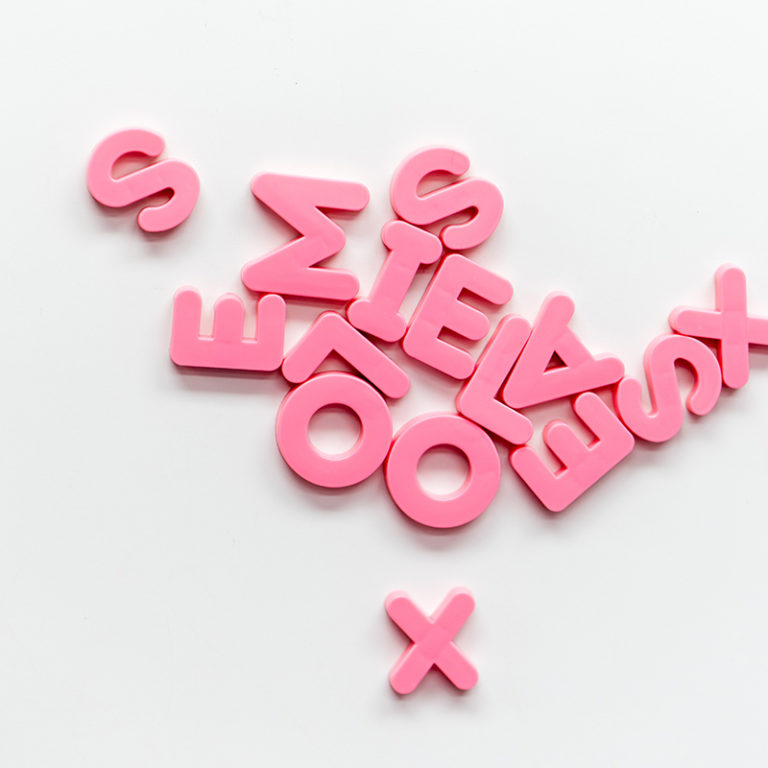July 9, 2021- Branding, Business, Design,
How to Choose the Right Fonts for Your Brand

Although choosing a font might seem like a trivial aspect when developing your brand, the right typeface can help bring a voice to your company and engage customers with personality and character.
The look and feel of your brand needs to remain consistent in order for customers to recognize and trust your business. Font plays a huge role in maintaining a coherent voice for your company. This font needs to be engaging and versatile since it will be used on everything your brand touches, from your company stationery to your digital material and website.
Your brand font is on your signage, packaging, posters, press kits, Instagram and website. When choosing your brand font, you need to consider how it works across all print and digital material.
Understanding the Different Categories of Typeface
Serif

You can spot a serif font by the little strokes that extend out from the letters. These are some of the older fonts and for this reason, people often associate them with being both classic and timeless.
What it communicates
Classic, Romantic, Elegant, Established, Expensive, Traditional, Respectable, Authoritative
Examples
Times New Roman, Georgia, Garamond, Baskervville, Minion, Courier, Rockwell
Sans Serif

Sans Serif are fonts which do not contain the little strokes seen in Serif Fonts. They are considered to feel more modern. Sans Serif fonts are often considered easier to read for children, digital interfaces, and in smaller print.
What it communicates
Minimal, Friendly, Modern, Clean,
Examples
Arial, Helvetica, Gilroy, Calibri, Verdana
Script

Script typefaces are often created to look like calligraphy or handwriting. They are primarily considered to be decorative in their nature. Script fonts can work great for working with a short amount of text but are difficult to read for larger bodies of text. Script fonts produce a variety of meanings and feelings depending on the specific font and can range from casual, calligraphic, or formal.
What it communicates
Creative, Feminine, Intimate, Romantic, Whimsical
Examples
Allura, Great Vibes, Alex Brush, Mahogany Script, Bombshell Pro, Comic Sans
Decorative

Decorative fonts are rarely used for large bodies of text. Instead, decorative fonts are popular for signage or logos. These fonts evoke strong personality and voice. They are often highly stylized, trendy, cultural, or thematic. These typefaces can incorporate aspects from other forms of design such as tattoo or graffiti. Although these fonts can add a strong punch to your brand, they are best left to professionals to work with as there are many bad decorative fonts out there which can easily fall out of fashion for your brand.
What it communicates
Dramatic, Psychedelic, Expressive, Loud, Quirky, Bold
Examples
Atlantika, Authentica, Boho, Kaley, Pathways, Plexifont, Synthetique
Create Engaging Font Combinations
It is likely that your brand will need more than one font in order to create contrast and support between text. It is best to have both a primary and secondary font. The primary font often controls the body and paragraph text across platforms whereas your secondary font takes care of headlines.
Pairing fonts can be a tricky process, but there are many tricks and resources to help. A popular rule for creating combinations involves using a sans serif font for headers and a serif font for body text. It is important still to pair fonts together that have similar personalities, you do not want your two fonts to create conflict or compete for attention.
Seeking the help of a branding agency or designer is extremely beneficial when choosing your brand fonts. Resources such as Canva Font Combinations and FontPair are great tools to help you pair together fonts.
Pairing the Right Font to your Brand
In order to decide on a font, you need to know who you are as a business.
Understanding your brand personality will help guide you in the right direction. Once you are familiar with your brand personality, you can use this to match with the various characteristics in the font categories.
Take a look at similar companies and see what sort of typefaces work for them. It is not necessary to follow trends exactly, but it can be helpful to see what fonts seem to be popular for different businesses. For example, according to Fundera serif fonts are most commonly used by apparel companies, whereas business services, technology, and start-up companies tend to go with sans serif.
Choosing the right font for your brand means considering a lot of different factors. Unless you have a background in design, selecting the right font involves a lot of time and research. Seeking help from a branding agency is the best way to save time and energy and ensure you are using the best font for your business.
Recent Posts
Bud Sprout Bloom Launches Affirmation Cards for Kids
TORONTO, Ontario – Oct. 21, 2020: Toronto mom
The Future of Work: Tech Trends That Will Define The Next Decade
Technology is taking over, and for most people, it seems we have reached th
Logo Design: Expectations vs Reality
If you are considering designing a logo for your company, or want to upgrad


